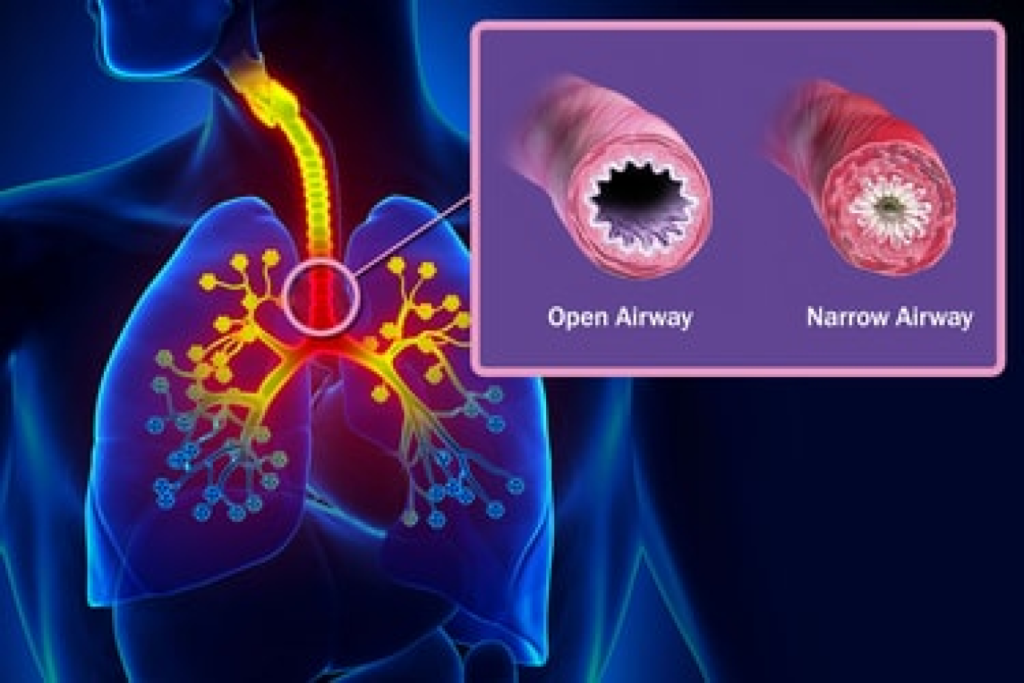Asthma is one of the most common chronic diseases globally, affecting about 300 million people annually.
Asthmatics harbor a special type of inflammation in the airways, making them more
responsive to a wide range of triggers , leading
to excessive narrowing –> consequent reduced airflow –> symptoms like wheezing and dyspnea.
AGE GROUP
Asthma can occur at any age with a peak at 3 years of age.On reaching adulthood many of them become asymptomatic but in some the symptoms persist. Adults with asthma, including those with onset during adulthood, rarely become permanently asymptomatic.
genetic and environmental factors has a major role in causing asthma. Triggers are environmental factors that worsen asthma in a patient with established disease. It is important to know these triggers to avoid exacerbation. Obesity is an independent risk factor for asthma. Studies shows that Vitamin-D deficiency may also predispose to the development of asthma.
TRIGGERS :
- Allergens : the most common allergens are house dust mites, cat and dog fur,
cockroaches , grass and tree pollen, and rodents . - Upper respiratory tract viral infections
- Exercise and hyperventilation
- Cold air
- Sulfur dioxide and irritant gases – certain food additives may trigger asthma. Metabisulfite, which is used as a food preservative, may trigger asthma through the release of sulfur dioxide gas in the stomach. Air pollution also cause increase in sulphur dioxide and other irritant gases.
- Drugs (β blockers, aspirin)
- Stress
- Irritants (household sprays, paint fumes).
- Passive smoking.
- Acetaminophen (paracetamol) consumption in childhood may lead to increased oxidative stress.
- Hormones : Some women show premenstrual worsening of asthma due to a fall in progesterone level.
Symptoms
Patient feel difficulty in filling their lungs with air
There may be warning symptoms like itching under the chin, unreasonable fear etc.

DIAGNOSIS

